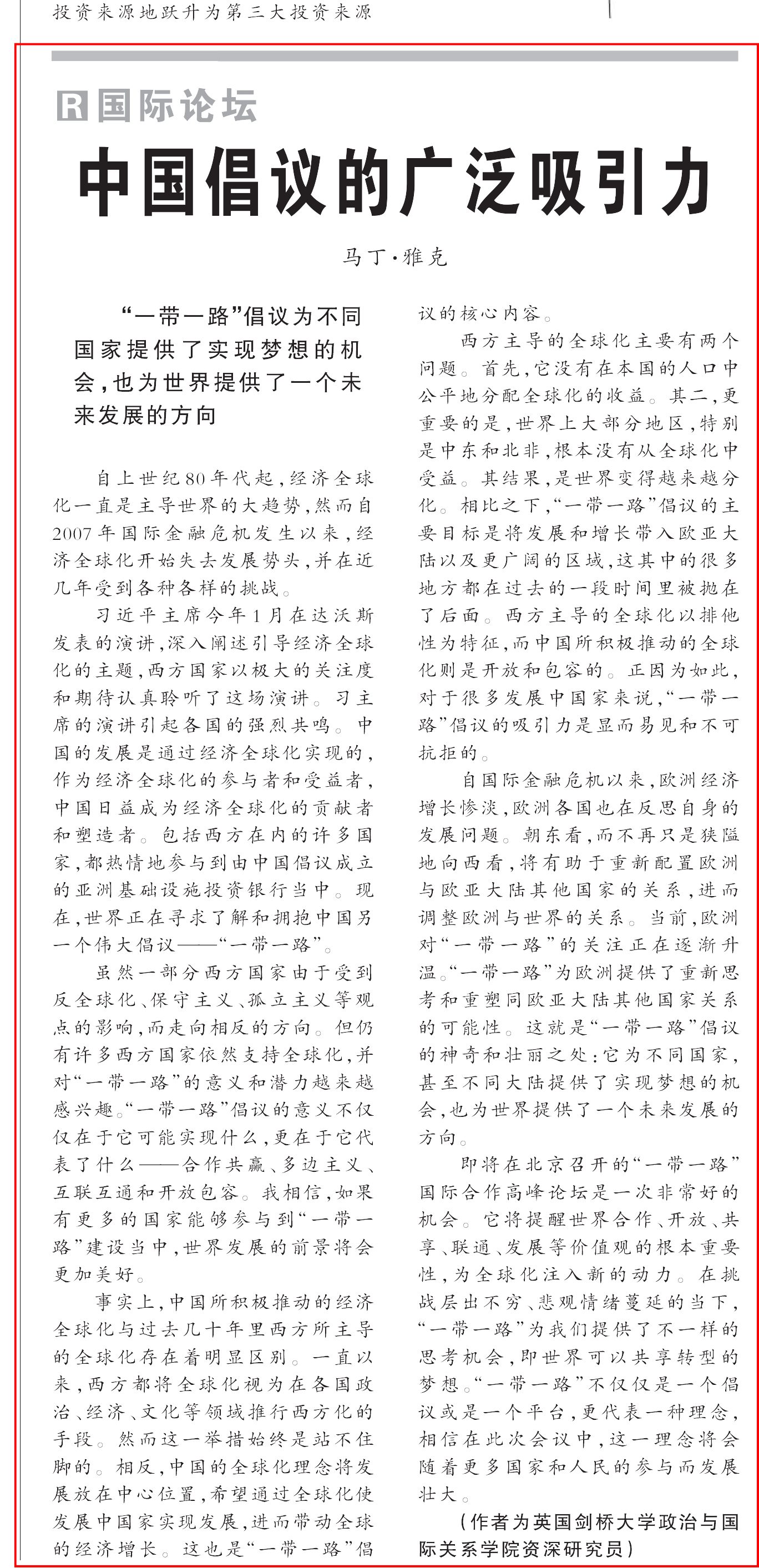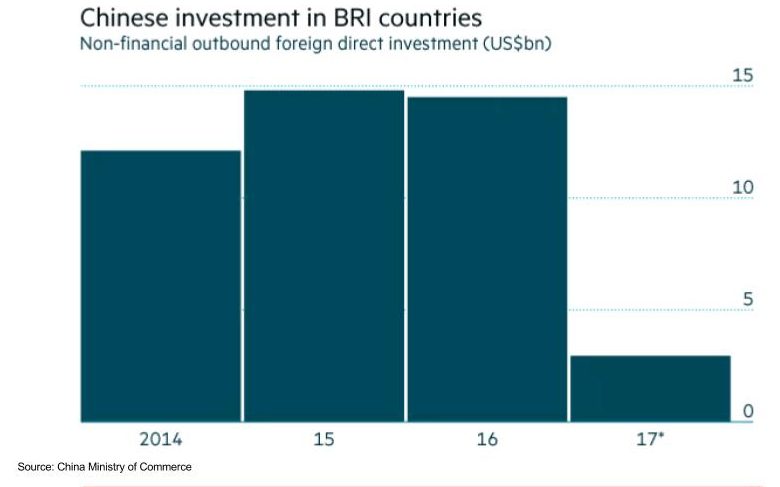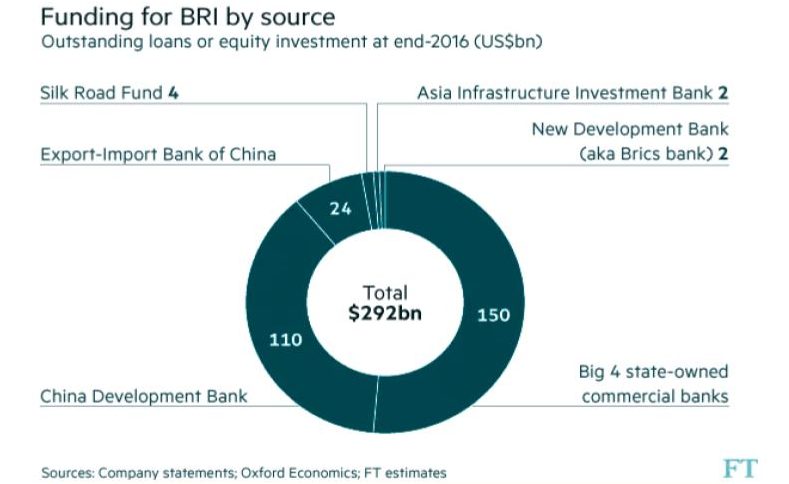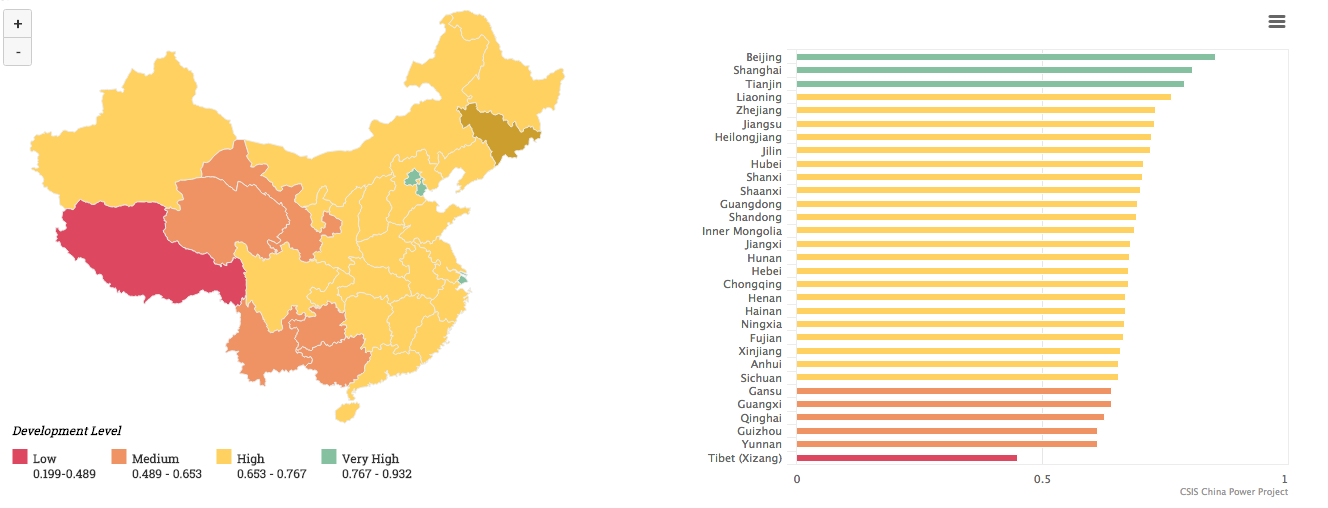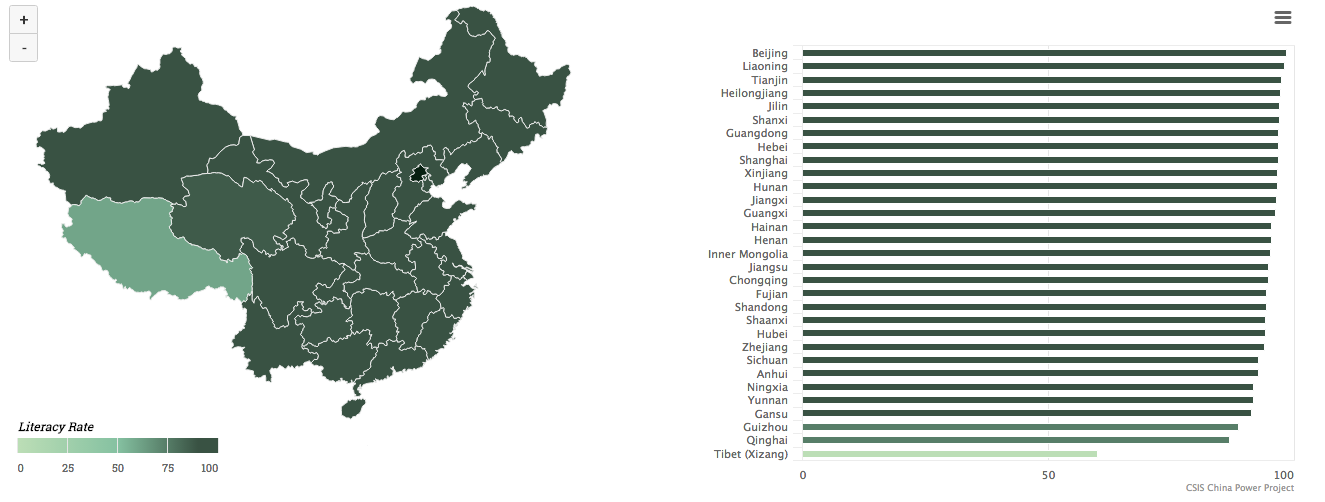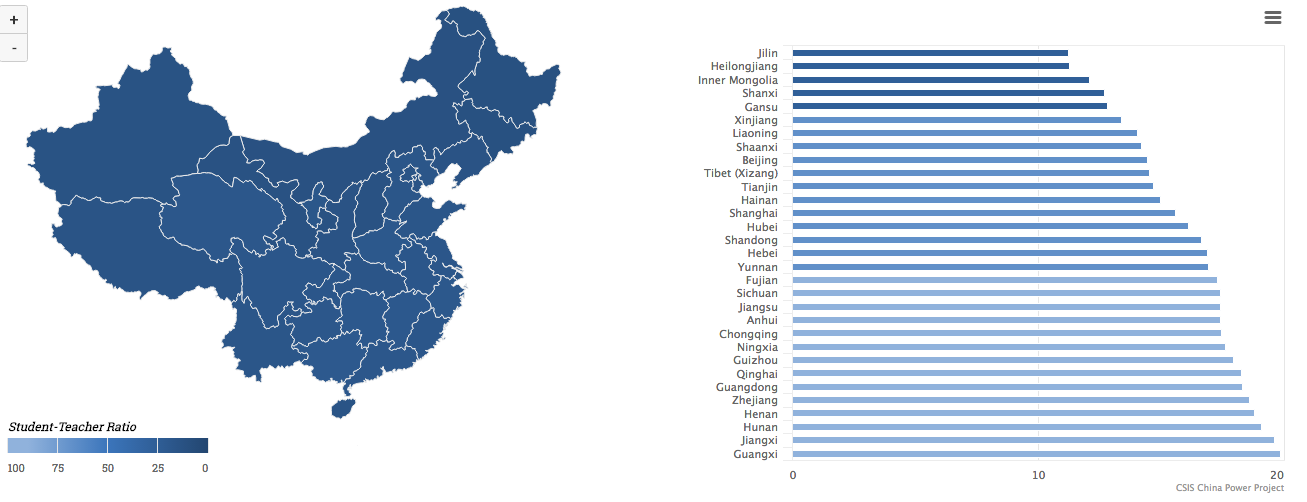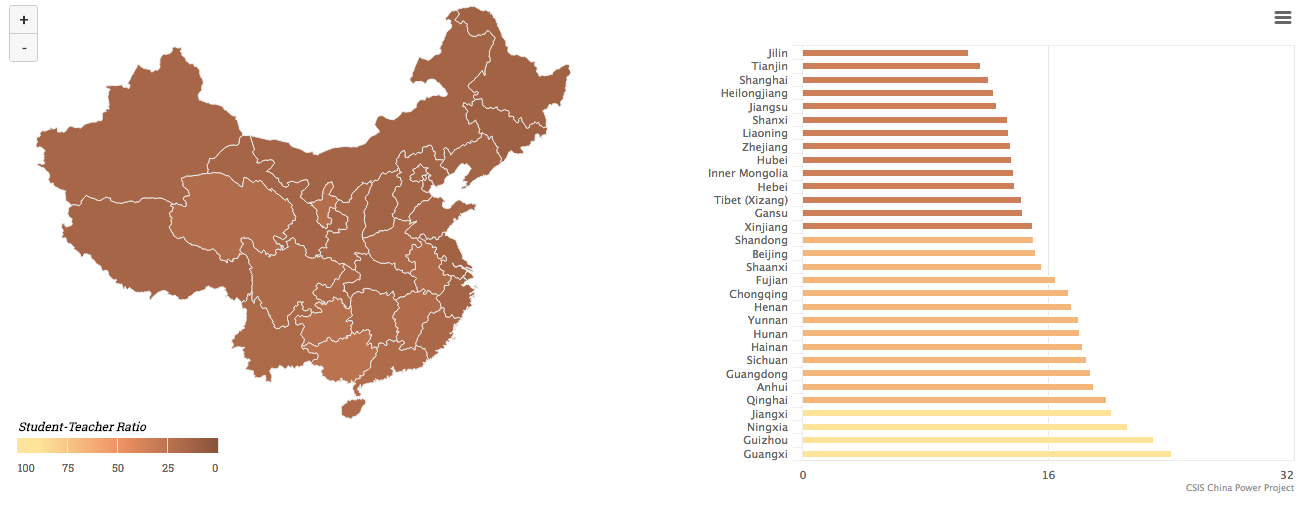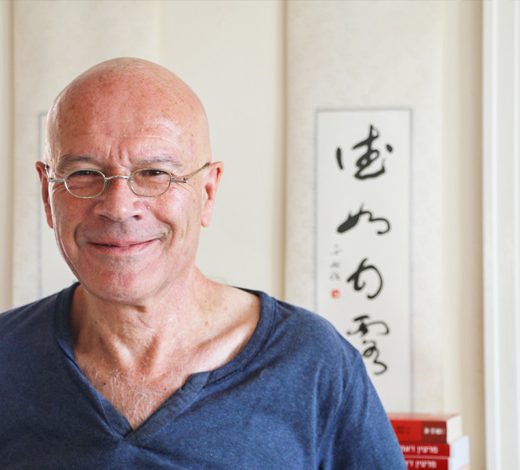Interview with Martin Jacques on Radio Sputnik discussing the relationship between China and East Asia.
The following is an English translation of a People’s Daily article written by Martin Jacques.
The trend towards globalisation that dominated the world from around 1980 – driven by the neo-liberalism of Ronald Reagan and Margaret Thatcher and Deng Xiaoping’s economic reforms – began to lose momentum with the Western financial crisis in 2007-8 and came to something of a shuddering halt in the West with Brexit in the UK and the election of Donald Trump as US President in 2016.
Original article by Ken Moak in Asia Today, which can be found here.
If the polls are to be believed, Hong Kong’s “pro-democracy” or “pan-democracy” groups, Occupy Central and the Umbrella Movement, could be labeled as “fake” democrats.
Anson Chan was called an “instant democrat,” because she became one only after she was rejected as a candidate for the Special Administrative Region’s (SAR) Chief Executive. Chan was a champion and chief administrator of the undemocratic British colonial government. But once Hong Kong was returned to China, she suddenly acquired a “democratic conscious,” criticizing the mainland as authoritarian and demanding universal suffrage.
An opinion piece by Carmen N. Pedrosa in The Philippine Star. Read it on their website here.
There have always been critics of The Asian Century. As expected these critics are from the Western world that once colonized almost the entire Asian continent. Asians, they think were properly subjugated. Not so fast, boy. We do not know why things happen as they do – in circles. A good example is the Chinese Belt and Road initiative. For myself, I think it will be a comeback for Asians who are great traders and innovators, given the chance.
But some Western critics are satisfied with the reasoning that because the West does not want to happen, it will not happen. That is a blatant presumption of their colonial thinking.
China’s biggest single investment so far under the Belt & Road Initiative (BRI) is the China-Pakistan Economic Corridor (CPEC).
Click to expand.
The next infographics are also taken from a Financial Times article: “China’s Belt and Road Initiative” by Gabriel Wildau and Nan Ma.
Click to expand.
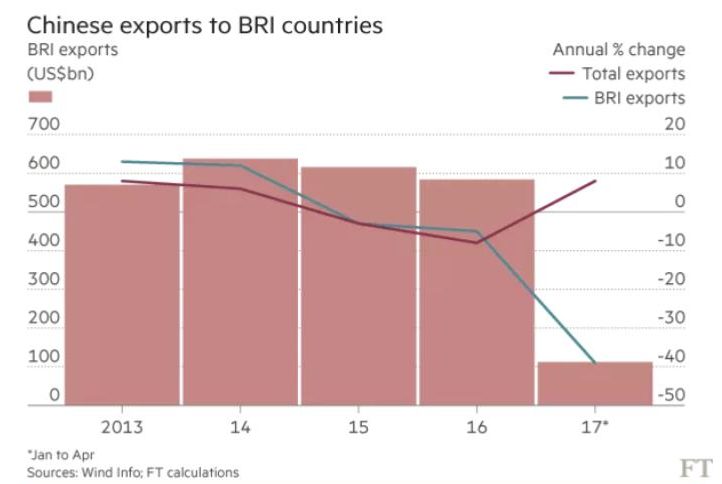
The Fifth Global Think Tank Summit, Beijing
15th May, 8.30am to 2pm
By invitation only.
The data contained here is derived from this article authored by ChinaPower and published by the Center for Strategic & International Studies.
Click to enlarge any of the images.
The first graph compares the regions based on educational index, a figure calculated from mean years of schooling and expected years of schooling. Rated from 0 (no educational attainment) to 1 (perfect educational attainment). Source: UNDP.
The following graph provides a provincial breakdown of literacy, and provides the percentage of the population 15+ years with the ability to read and write (Source: China Statistical Yearbook, World Bank).
Next, a graph demonstrating the ratio of students who attend a primary educational institution divided by the number of teachers in the institution (Source: China Statistical Yearbook, UNESCO).
And finally, for secondary education:
One Belt, One Road Summit, Beijing
14th May
By invitation only.
Martin Jacques says that although China is reaching out globally, it does not see itself as a model. “They don’t require other countries to be like them,” he says.
During the long years that Martin Jacques devoted to writing what became the international bestseller When China Rules the World: The End of the Western World and the Birth of a New Global Order (Penguin, 2009 and 2012), he never imagined the book would sell more than 350,000 copies, be translated into 15 languages, and have the tremendous global impact it has had.

